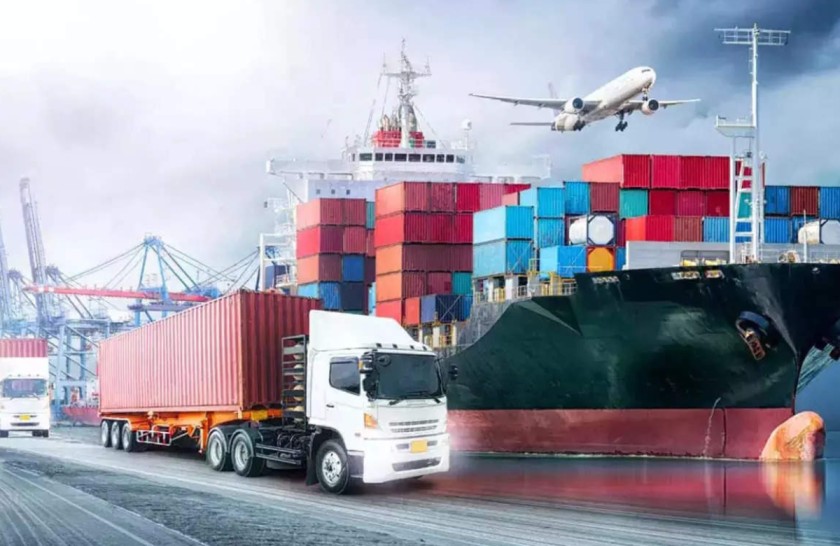- January 27, 2023
The end of Chinese lockdowns and the reopening of trade

China’s swift easing of COVID-19 lockdowns in 2023 will influence global growth, trade supply chains, with uncertain effects.
Beijing’s rapid dismantling of its COVID lockdowns — whose impact will become clear after the Chinese New Year break, when the Tiger has handed over to the Rabbit — will undoubtedly be one of the economic events of 2023.
Predicting the impact on world growth involves sorting through a tangle of contradictory effects. On the positive side, a surge in consumption will boost export demand elsewhere. On the negative, higher Chinese industrial production means more demand for fuel and particularly LNG, possibly reinflating the energy cost shock. In any case, if the reopening creates a new surge of cases and a healthcare crisis, it could be a drag rather than a boost to growth.
The impact on globalisation and particularly the goods trading system is similarly unclear. The immediate thought is a positive one. Reopening could help unclog Chinese shipping and trucking routes, reducing strains in value chains. But the transition could be choppy, to say the least. Ports and factories are subject to the same reopening risks as for overall growth. Infected workers staying home won’t keep container terminals open, and in any case ports, which are capital rather than labour intensive, have been running relatively smoothly compared to much of the domestic economy.
From the domestic demand side, China may run a big trade surplus but it is no longer just an export machine: with imports of $2.7tn in 2021 against the US’s $2.8tn, it’s the world’s second biggest goods importer. On the plus side, a big rise in consumption might add to global demand. On the downside, more container traffic could see a re-emergence of the strains in supply chains that started in 2020.
The reopening comes at a time when that congestion is rapidly dissipating but not for the reasons anyone would want. Stratospheric freight rates and wait times for cargo ships collapsed in the first half of last year not because of higher efficiency in ports and shipping but because prospects for global growth and hence cargo traffic rapidly weakened.
Freight is no longer feeling stressed
As it happens, China’s limited reopening actually managed to worsen stress on supply chains last year because of increased infection rates among workers, but not by much. Economists at the New York Federal Reserve have created a composite index of supply chain pressure including delivery times and stocks of goods. Plummeting freight volumes meant the metric fell rapidly last year from a peak of 4.3 standard deviations above the historical average at the end of 2021 to 0.9 standard deviations in September. The index stopped falling and levelled out over the past three months of the year, with New York Fed economists pointing at congestion driven by Chinese reopening as the reason.
More infections, quite apart from the human cost, could push supply chain pressure higher. But as the New York Fed economists point out, previous supply disruptions to global trade from COVID were more damaging because they were happening everywhere at once. The reopening is China-specific. One of the effects of the pandemic and the rise in global political tensions has been a switch in multinationals’ sourcing to alternative production sites such as India and Vietnam, which don’t have the same lockdown problems.
Commerce survives the Covid crunch
There remains the question of whether supply chain congestion is that much of a problem at all. The queues of ships waiting outside the US west coast ports in 2021 looked dramatic. But those ports were still handling record amounts of cargo, particularly durable consumer goods, and the snarl-ups didn’t stop global exports recovering from the COVID shock.
Although overall consumption has softened, relative demand for durables remains high, meaning that demand-led congestion could conceivably reappear if Chinese consumption roars back. But so be it. China’s reopening, unless it causes serious human suffering and has to be reversed, is almost certainly a good thing for trade and globalisation. The rest of the world needs more export demand even at the risk of some disruption to supply chains. No one exactly wants the shipping congestion to return, but compared to the alternative of a global recession it’s not a bad problem to have.
Written by Alan Beattie for FT
© The Financial Times Limited [2020]. All Rights Reserved.
FT and Financial Times are trademarks of the Financial Times Ltd. Not to be redistributed, copied or modified in any way.
